Soon we will be entering forage grazing and harvesting season. Although many producers test their hay or silages when buying and selling, there is still a group who either only test for nitrate when they believe they may be having an issue or do not bother to test at all. There are many benefits to testing feed, such as improving animal health and production, but a major benefit from a business perspective is the potential to improve profitability. Testing forages can help producers improve their bottom line.
I have attended several conferences where Dr. Aaron Berger from University of Nebraska Lincoln has spoken about profitability and costs to ranches. The first point Dr. Berger always drives home is the unit cost of production. It is important to keep track of all input costs to each enterprise on an operation to know what is profitable and what is losing money. It is also a helpful tool to see where improvements can be made. In his presentations, Dr. Berger also points out that the number one cost to produce beef cattle is feed. Therefore, improvement in feed cost would increase profitability. This can be done through selecting for cattle that consume less feed and gain the same, sourcing cheaper feed, and precise ration and diet formulations.
Precise ration and diet formulations improve profitability by reducing the occurrence of over or under supplementation to reach animal production goals. To produce a precise and accurate ration or diet, forage testing must be done, otherwise producers are just guessing about the nutrient content of the forage. Forages are variable plant material. As the feed and NIR reviewer at Ward Laboratories Inc., I have seen alfalfa hays and grasses vary from a crude protein level of about 15% to 25% and 4% to 18% on a dry basis respectively. The fiber content of various forages is also variable. Acid detergent fiber (ADF) is used to calculate the total digestible nutrients (TDN) of the feed, so variation in ADF affects energy supplementation. Neutral detergent fiber (NDF) affects how much of a forage or hay the animal will consume. Minerals are also variable in forages and obtaining an idea of the mineral content may also affect mineral supplementation strategies, such as which mineral to feed or possibly creating a custom mineral mix. If you would like to learn more about forage variability read Quarrels About Quality: 14 Sources of Variation in Forage and Hay Testing.
Testing hay and forage to formulate rations and diets can reduce underfeeding and overfeeding of animals. When a producer overestimates the nutritional value of his forage, it can negatively affect the animal’s health. Thereby impacting performance, reducing reproduction rates, decreasing lactation, or growth. While the feed cost of an overestimated diet is lower, not meeting the nutritional requirements of that animal results in reduced performance and impacts the producer’s profitability. An oversetimated nutitional value mresults in less protift. When a producer underestimates the nutritional value of a feed, overfeeding the animals results in increased feed costs and decreased profitability. Additionally, if overfeeding is extreme, cows can become obese, which also can negatively impact reproductive performance. In the case of underestimating a forage’s nutritional value, the cost of a NIR forage test ($18) at Ward Laboratories, Inc. is quickly made up in feed costs in just a few days of feeding.
So, to improve profitability, at a minimum forage testing is a necessity. If cattle are grazing a pasture, crop residue, or cover crops, there is variation and a simple NIR test can provide information to make an informed supplementation strategy. If cattle are consuming a total mixed ration, I would advocate to test all ingredients for the most profitable feeding ration possible with those ingredients. Using feed testing to make decisions can increase an operations profitability through meeting animal nutrient requirements and therefore performance goals, as well as not wasting feed and money overfeeding animals.
Here are some other resources if you are still doubting the merit in hay testing for profit:
The Importance of Forage Testing
Profit Tip: Understanding a Forage Analysis

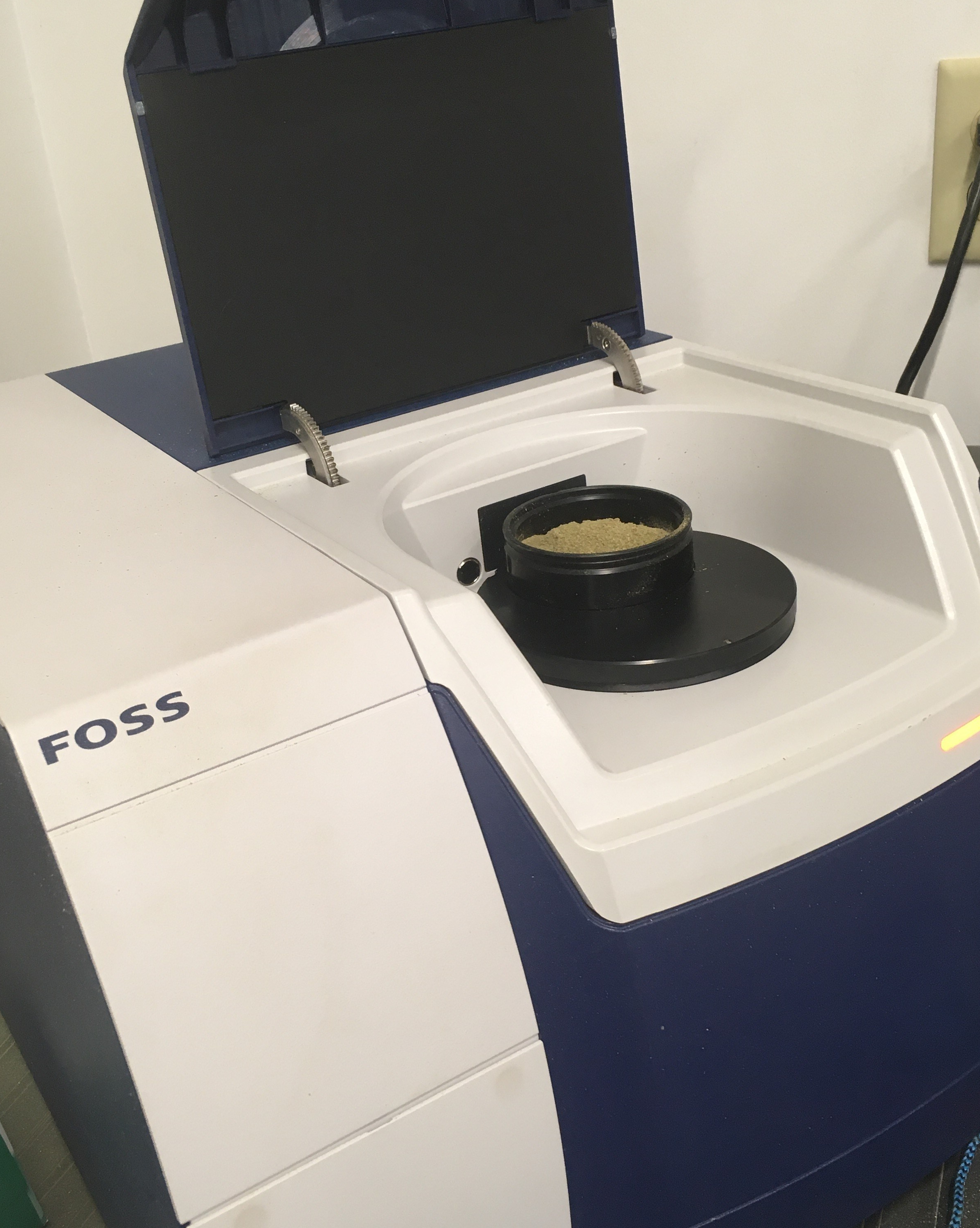
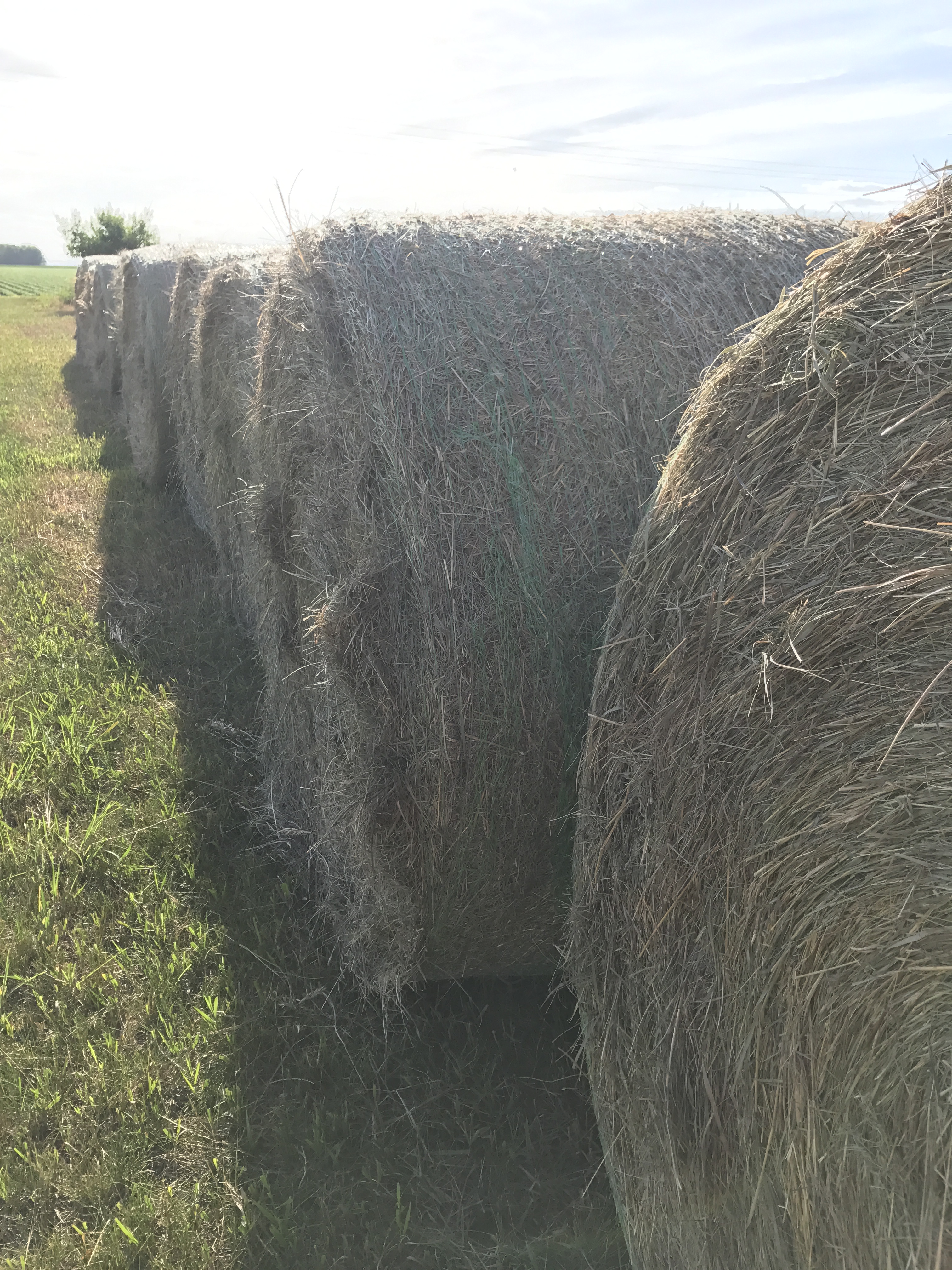
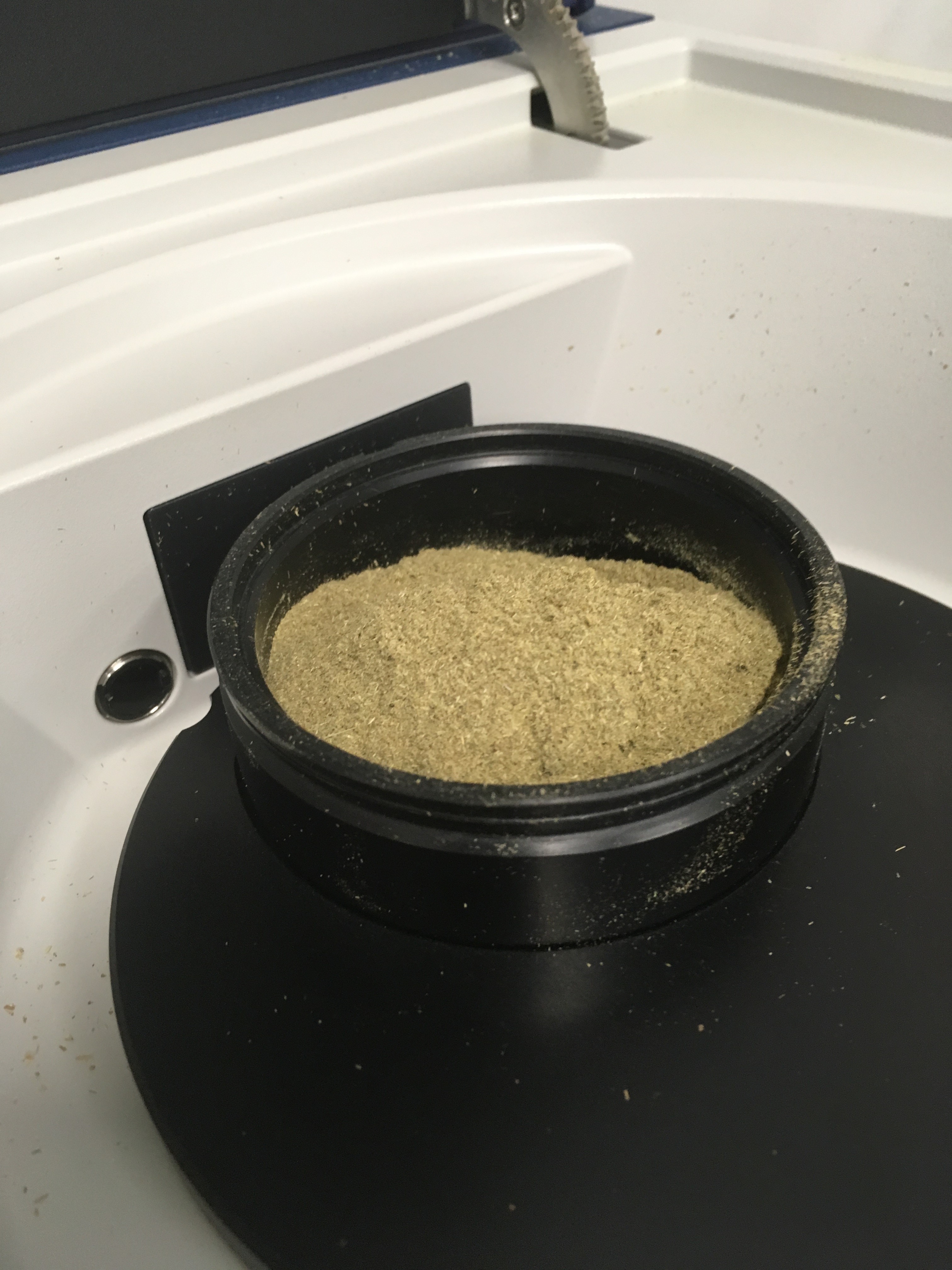
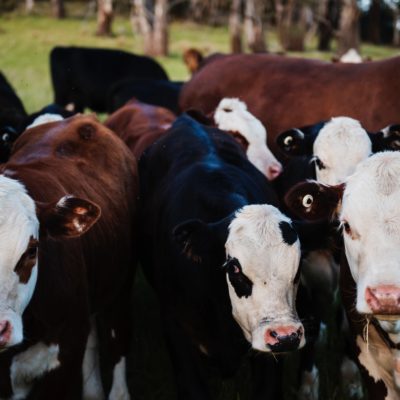
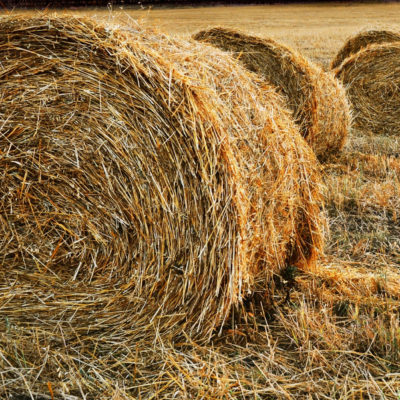
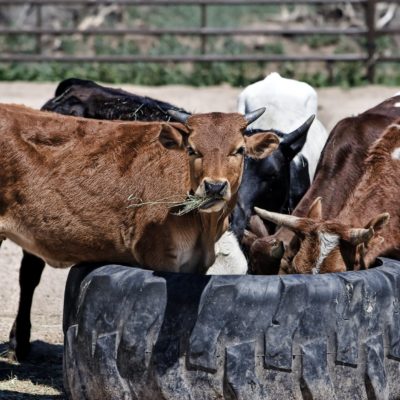

[…] Jim Robb advised producers to put a sharp pencil to paper when determining their protein supplementation programs for the winter this year. Not only does this include comparing the prices of each available feed, but the nutrients as well. To determine the most profitable scheme, producers should test their forage sources. Using the nutritional information from the forage report and the extimated dry matter intake for the class of animal to be fed, compare the amount available protein supplements needs as it will vary due to differences in protein content as well as the overall price to supplement. Choose the cheapest possible option and avoid over or under supplementation. Ward Laboratories Inc. can assist with all your forage and supplemental feed testing needs and questions in the coming months. Testing forages to determine supplementation strategies typical results in more profit. […]
[…] Jim Robb advised producers to put a sharp pencil to paper when determining their protein supplementation programs for the winter this year. Not only does this include comparing the prices of each available feed, but the nutrients as well. To determine the most profitable scheme, producers should test their forage sources. Using the nutritional information from the forage report and the extimated dry matter intake for the class of animal to be fed, compare the amount available protein supplements needs as it will vary due to differences in protein content as well as the overall price to supplement. Choose the cheapest possible option and avoid over or under supplementation. Ward Laboratories Inc. can assist with all your forage and supplemental feed testing needs and questions in the coming months. Testing forages to determine supplementation strategies typical results in more profit. […]